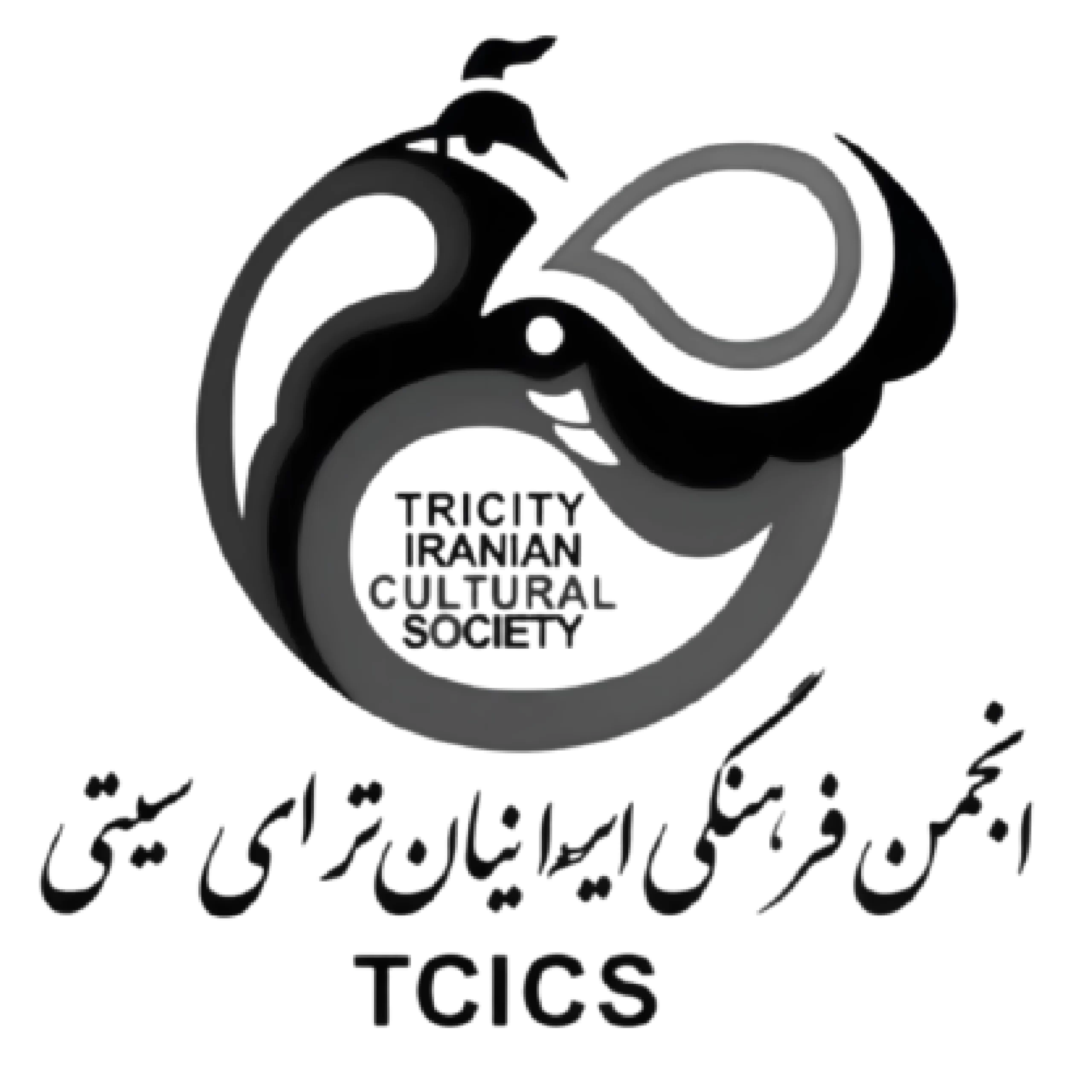In the ever-evolving landscape of social media, a well-structured and efficient team is crucial for a brand’s online success. Crafting and managing a social media team involves understanding roles, responsibilities, collaboration, and efficient communication. Here’s a comprehensive guide on how to structure a high-performing social media team.
1. Define Team Roles and Responsibilities:
– Social Media Manager: Oversees the entire social media strategy, sets goals, and ensures alignment with business objectives. Manages the team, collaborates with other departments, and reports on performance.
– Content Creators/Creators: Responsible for generating engaging content, including copywriting, graphic design, video production, and other creative elements.
– Community Managers: Engage with the audience, respond to comments, messages, and mentions, foster relationships, and handle customer inquiries or issues.
– Data Analysts: Analyze social media metrics, derive insights, and provide actionable recommendations based on data.
– Ad Specialists: Manage paid social media campaigns, including ad creation, targeting, budget allocation, and optimization.
2. Collaboration and Communication:
– Foster an environment of collaboration and open communication among team members. Regular team meetings, brainstorming sessions, and collaborative tools like Slack or Microsoft Teams can facilitate effective communication.
– Encourage sharing of insights, ideas, and best practices among team members to promote innovation and creativity within the team.
3. Clear Workflow and Processes:
– Establish clear workflows and processes for content creation, scheduling, approval, and publishing. Clearly define the steps involved in content creation, review, and posting to ensure efficiency and consistency.
– Implement a content calendar or project management tools to track content creation progress and deadlines.
4. Continuous Learning and Development:
– The social media landscape is dynamic. Encourage ongoing learning and skill development within the team. Provide access to industry resources, courses, and workshops to keep skills updated with the latest trends and tools in social media marketing.
– Cross-training team members in different areas of social media can create a versatile team capable of handling various tasks.
5. Flexibility and Adaptability:
– Stay agile and adaptable to changes in social media algorithms, trends, and consumer behavior. Empower your team to experiment with new strategies and content formats while being open to adjustments based on performance insights.
Conclusion:
Building a successful social media team involves structuring roles, fostering collaboration, maintaining clear processes, encouraging continuous learning, and remaining adaptable to changes. A well-structured team not only executes social media strategies effectively but also fosters creativity, innovation, and growth within the organization’s digital presence.
















































